Safety Measures for Chemical-Related Workers
In a workplace such as industrial factory or laboratories, employees are exposed to two identified risks which posed by chemicals and these are:
Health hazards and
Physiochemical hazards. So what are these?
Health hazards refers to the direct exposure of an employee to the dangerous chemicals through breathing, contact with the skin, or even ingesting a certain chemical as chemicals come in liquid, solid and even in gaseous state. Chemical health hazards can be acute which effects occur immediately wherein effects are nausea, skin burns due to the chemical, asphyxiation or chronic which effects can be developed into disease, health condition or defect after concurrent exposure, some of the disease developed are cancer, skin irritation or allergy, organ damages.
Physiochemical hazards refers to the tendencies of environment to be damage or harmed due to the chemical’s characteristics (flammable, explosive, corrosive and reactive). Acetoone, gasoline, and toluene are some examples of highly flammable chemicals that are commonly found on every almost work places. These poses great risks to materials inside a work space that are not resistant to flames such as plastic and wood that even spreads the fire faster. Corrosives such as glycolic acid can weaken the hold to structures if they repeatedly exposed and can cause massive fall off and collapse to a certain part of the work place and can possibly harm employees. Proper storage and handling is a must.
 How are these hazards can be avoided?
How are these hazards can be avoided?
According to International Labor Organization (
ILO), a Safety Committee should be formed with the task of working regularly with safety issues from the company or group of people with a qualifying background each. It could start to work with following:
- Technical Countermeasures against Hazard
Technical measures is a group of methods that can be used to mitigate chemical hazards from core, and to prevent traveling hazardous chemicals at the least. In general, it refers to the professional planning to reduce employees’ direct contact and mitigate risks when facing and dealing with certain chemicals. Part of the technical countermeasures are:● Substitution – Substitution literally means substituting a highly dangerous chemical to a lesser dangerous chemicals that has similar behavior and contribution to a certain project. When changing with a chemical, it is also true that the process or method of producing something from that chemical’s derivation is also changed which is also likely to be less dangerous.● Proper Ventilation – As the nature of most chemicals, they usually emit toxic gas that are oftentimes colorless, hence, ventilations are needed when doing such dangerous operations. When the air flow is non existent and stagnant, it tends employees to inhale toxic fumes from the chemicals and cause them to unnoticingly exposed to the chemicals and cause them harm. Local ventilations system is a form of ventilation system where a hood isolates a room and connected by pipes and ducts where toxic air follows. While, general ventilation system is a ventilation system that has similar structure with the previous one, only that it has large fan, exhaust and filter to carry out the dust in the outside from the workplace.
- Storage and Handling
There are chances that stored chemicals can leak and can cause a fire or give off dangerous fumes and vapours when interacted with a foreign substance such as oxygen and thats when and why the realization of need of strict storage management is implemented. Written instructions of storage measures should be provided in every corner of the workplace and chemical informations and histories of it for employees to be informed when dealing with it.
- Waste ManagementAs previously mentioned, chemicals consistently maintains its characteristics and still react the same when it is treated as a waste and when it is not, this also means that the counterpart, hazards, are still posing threat. ILO recommends to businesses that when disposing their consumed chemicals, they should plan it with proper labeling, where to store all of the waste and their manner of collection.
What can an employee do if he sustained an injury in such work space?
If ever you had experienced to sustained an injury in your workplace that is caused by chemicals and felt like it was caused by negligence by your employer. Negligenec can be some form of improper and inadequate managing and information flow for the employees, and didn’t provide high quality or lacking of personal protective equipment for the employee within the workplace, in most cases some may didn’t provid appropriate and standard air flow plan for the establishment. If ever one of these is violated and has caused harm to you, you can file for a workers’ compensation pay to cover your medical bills and compensate for your emotional damage that the work has done for you rather than suing them. To accomplish this, you need a help from a injury law firm that professionally represents you and your case with right evidences and with competence. Call
Ryan Injury Lawyers for free legal compensation.
 How are these hazards can be avoided?
According to International Labor Organization (ILO), a Safety Committee should be formed with the task of working regularly with safety issues from the company or group of people with a qualifying background each. It could start to work with following:
How are these hazards can be avoided?
According to International Labor Organization (ILO), a Safety Committee should be formed with the task of working regularly with safety issues from the company or group of people with a qualifying background each. It could start to work with following:
